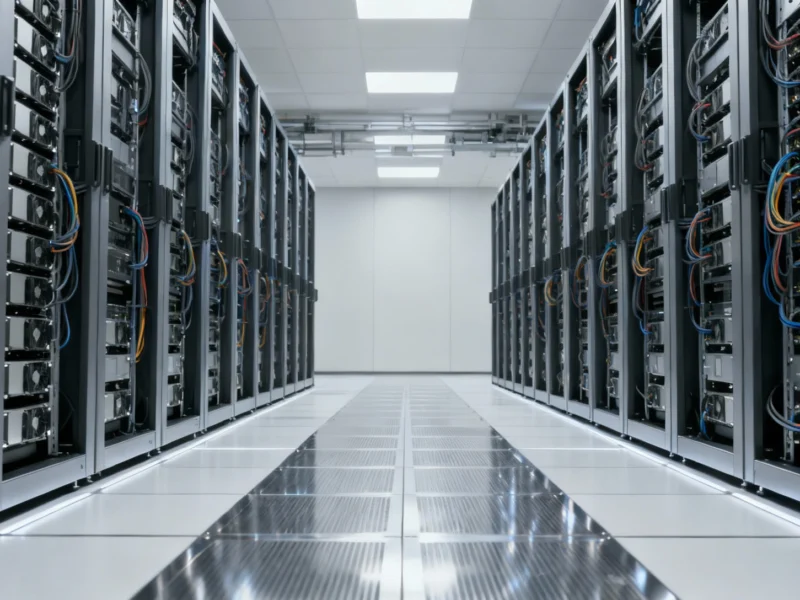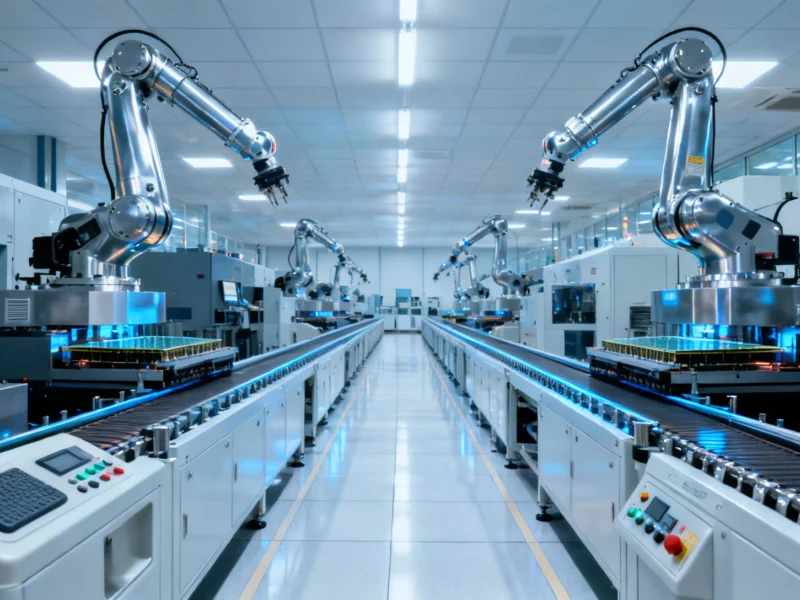How Neoclouds Are Transforming AI Data Center Economics
The artificial intelligence revolution has created unprecedented demand for computational power, particularly for GPU resources that traditional hyperscale providers are struggling to meet. Enter Neoclouds – specialized infrastructure providers that are rapidly emerging as critical players in the AI ecosystem. These purpose-built GPU infrastructure platforms are redefining scalability, efficiency, and power delivery for compute-intensive AI workloads.
As organizations race to deploy increasingly sophisticated AI models, the limitations of conventional cloud infrastructure have become apparent. Neoclouds address these challenges through high-density, cost-optimized data centers specifically engineered for AI applications. According to recent analysis, this emerging sector represents one of the most dynamic segments in technology infrastructure, with implications across multiple industries including the luxury retail sector where AI-driven personalization and supply chain optimization are becoming increasingly important.
The Driving Forces Behind Neocloud Adoption
Several key factors are accelerating the adoption of Neocloud infrastructure. First and foremost is the sheer scale of computational requirements for modern AI training and inference. Large language models and complex neural networks demand GPU resources that often exceed what traditional cloud providers can deliver cost-effectively.
Neoclouds differentiate themselves through several critical advantages:
- Specialized Architecture: Purpose-built infrastructure optimized specifically for parallel processing workloads
- Rapid Deployment: Modular designs that enable faster scaling compared to traditional data centers
- Cost Efficiency: Optimized power and cooling systems that reduce total cost of ownership
- Performance Density: Higher GPU density per rack, maximizing computational output per square foot
Investment Landscape and Market Dynamics
The financial community has taken notice of Neoclouds’ potential. Major financial institutions including Morgan Stanley are predicting massive investment flows into AI infrastructure, with trillions of dollars expected to pour into the sector over the coming years. This investment surge reflects growing recognition that specialized GPU infrastructure represents a fundamental enabling technology for the next wave of AI innovation.
Venture capital firms, private equity, and strategic corporate investors are all actively participating in funding rounds for emerging Neocloud providers. The investment thesis centers on the growing gap between AI computational demands and available infrastructure capacity, creating what many analysts see as a multi-year growth opportunity.
Technical and Operational Considerations
Building and operating Neocloud facilities presents unique technical challenges. Power density requirements often exceed 40kW per rack – substantially higher than traditional enterprise data centers. This demands innovative cooling solutions, advanced power distribution systems, and sophisticated monitoring and management platforms.
Operationally, Neocloud providers must balance several competing priorities:
- Energy Efficiency: Maximizing computational output while minimizing power consumption
- Reliability: Maintaining high availability for critical AI workloads
- Scalability: Supporting rapid, flexible expansion as customer demands evolve
- Cost Management: Controlling capital and operational expenditures while remaining competitive
Sustainability and Environmental Impact
The massive energy consumption of AI computing has raised important questions about environmental sustainability. As global carbon emissions continue to reach record levels, Neocloud providers face increasing pressure to implement sustainable practices. Many are addressing this challenge through several approaches:
- Strategic location selection near renewable energy sources
- Advanced liquid cooling systems that reduce water consumption
- Heat recapture and reuse technologies
- Power usage effectiveness (PUE) optimization
Future Outlook and Industry Evolution
The Neocloud market is expected to continue its rapid evolution as AI workloads become more diverse and demanding. Several trends are likely to shape the sector’s development:
Specialization and Segmentation: As the market matures, we expect to see increasing specialization among Neocloud providers, with some focusing on specific types of AI workloads or industry verticals.
Hybrid Models: Many organizations will likely adopt hybrid approaches, combining traditional cloud services with specialized Neocloud infrastructure for optimal performance and cost efficiency.
Geographic Expansion: As AI adoption spreads globally, Neocloud providers will need to establish presence in emerging markets and regions with favorable energy costs and regulatory environments.
Regulatory Considerations: Growing scrutiny of AI technologies and data sovereignty requirements may influence where and how Neocloud infrastructure can be deployed.
Strategic Implications for Businesses
For enterprises investing in AI capabilities, the rise of Neoclouds presents both opportunities and challenges. Organizations must develop sophisticated infrastructure strategies that balance performance requirements, cost considerations, and operational flexibility. Key decision factors include:
- Workload-specific performance requirements
- Total cost of ownership calculations
- Data governance and compliance requirements
- Long-term scalability needs
- Technical expertise and management capabilities
The emergence of Neoclouds represents a fundamental shift in how computational resources are provisioned and consumed in the AI era. As this market continues to evolve, organizations that understand and effectively leverage these specialized infrastructure providers will gain significant competitive advantages in their AI initiatives.



